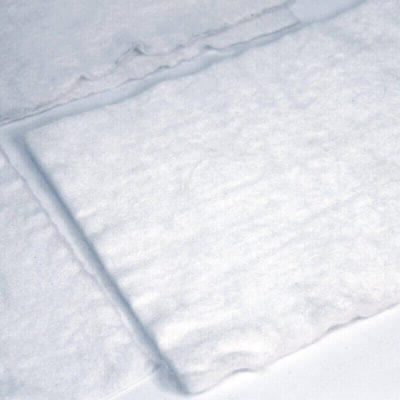
# Wholesale Geotextile Fabric for Construction and Landscaping Projects
When it comes to construction and landscaping projects, the importance of using high-quality materials cannot be overstated. One such material that has gained significant attention in recent years is geotextile fabric. This versatile material is essential for a wide range of applications, from soil stabilization to erosion control. In this article, we will explore the benefits of wholesale geotextile fabric and why it is a must-have for your next project.
## What is Geotextile Fabric?
Geotextile fabric is a permeable textile material used in conjunction with soil, rock, or any other geotechnical material. It is typically made from synthetic fibers such as polyester or polypropylene and is designed to improve the performance of civil engineering projects. The fabric is available in various forms, including woven, non-woven, and knitted, each suited for specific applications.
## Applications of Geotextile Fabric
### Construction Projects
In construction, geotextile fabric is used for a variety of purposes, including:
– **Soil Stabilization:** Geotextile fabric helps to stabilize weak soils, making them suitable for construction. It distributes loads evenly, reducing the risk of soil settlement.
– **Drainage:** The fabric allows water to pass through while preventing soil particles from clogging drainage systems. This is crucial for maintaining the integrity of foundations and other structures.
– **Erosion Control:** Geotextile fabric is used to prevent soil erosion on slopes and embankments. It holds the soil in place, allowing vegetation to establish and further stabilize the area.
### Landscaping Projects
In landscaping, geotextile fabric is equally valuable. Some common applications include:
– **Weed Control:** The fabric acts as a barrier, preventing weeds from growing through mulch or gravel. This reduces the need for chemical herbicides and manual weeding.
– **Pathway Stabilization:** Geotextile fabric is used beneath pathways and walkways to prevent the mixing of different soil layers, ensuring a stable and durable surface.
– **Retaining Walls:** The fabric is used behind retaining walls to improve drainage and prevent soil erosion, extending the life of the wall.
## Benefits of Wholesale Geotextile Fabric
Purchasing geotextile fabric in bulk offers several advantages:
– **Cost-Effective:** Buying in wholesale quantities often results in significant cost savings, making it an economical choice for large projects.
– **Consistency:** Wholesale purchases ensure that you receive a consistent quality of fabric, which is crucial for the success of your project.
– **Convenience:** Having a large supply of geotextile fabric on hand means you won’t run out mid-project, ensuring smooth and uninterrupted progress.
## Choosing the Right Geotextile Fabric
When selecting geotextile fabric for your project, consider the following factors:
– **Type of Project:** Different projects require different types of geotextile fabric. For example, non-woven fabrics are ideal for drainage applications, while woven fabrics are better suited for soil stabilization.
– **Fabric Weight:** The weight of the fabric determines its strength and durability. Heavier fabrics are more robust and suitable for high-stress applications.
– **Permeability:** The fabric’s permeability is crucial for drainage applications. Ensure that the fabric you choose allows water to pass through while retaining soil particles.
## Conclusion
Wholesale geotextile fabric is an indispensable material for both construction and landscaping projects. Its versatility, durability, and cost-effectiveness make it a preferred choice for professionals in the industry. By understanding the different types and applications of geotextile fabric, you can make informed decisions that will enhance the success and longevity of your projects. Whether you’re stabilizing soil, controlling erosion, or preventing weeds, geotextile fabric is a reliable solution that delivers exceptional results.
Keyword: Wholesale geotextile fabric
